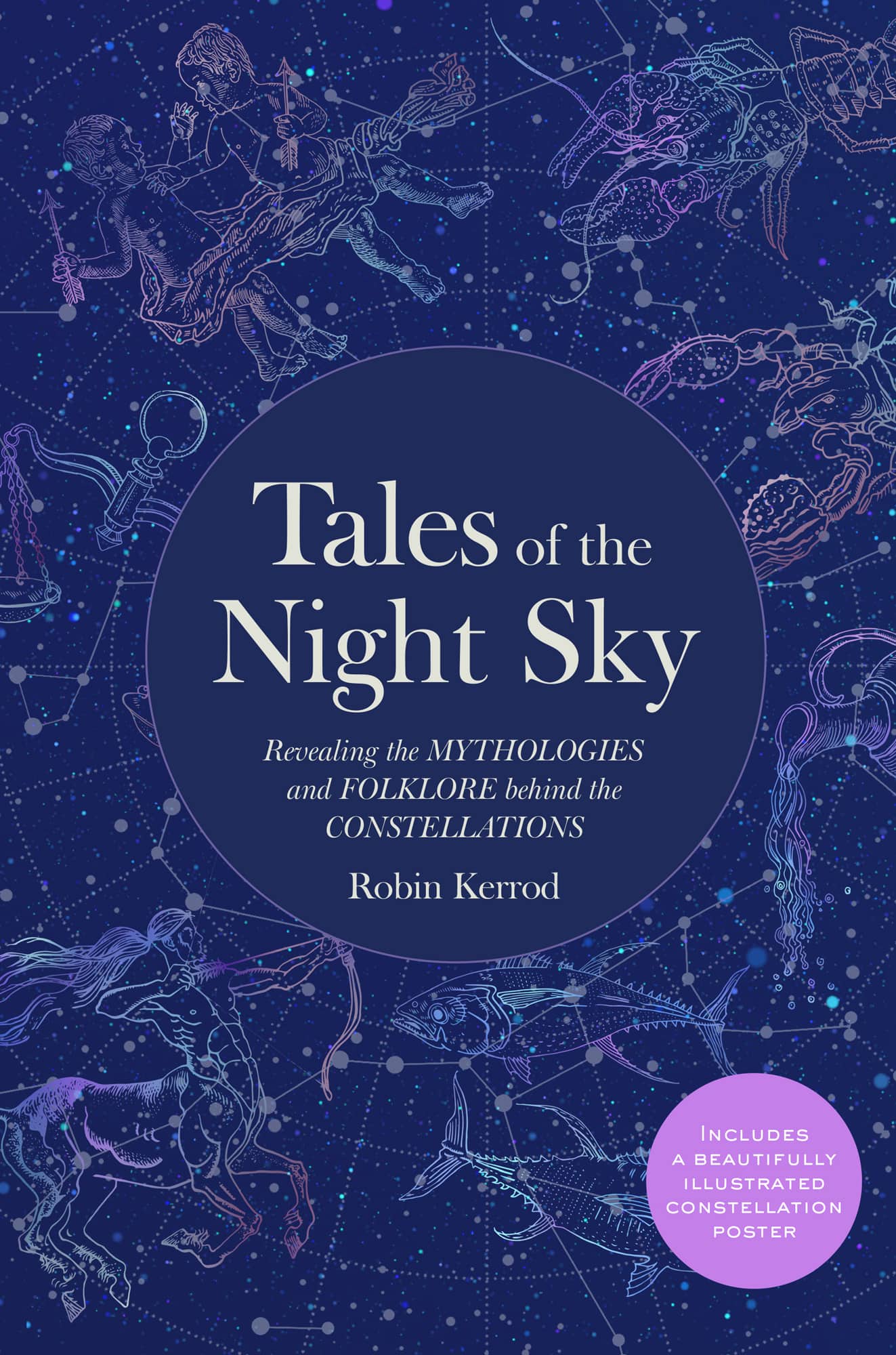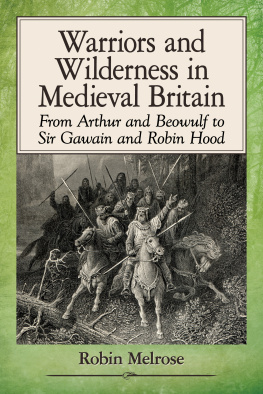Robin Kerod - Tales of the Night Sky
Here you can read online Robin Kerod - Tales of the Night Sky full text of the book (entire story) in english for free. Download pdf and epub, get meaning, cover and reviews about this ebook. year: 2020, publisher: Wellfleet Press, genre: Children. Description of the work, (preface) as well as reviews are available. Best literature library LitArk.com created for fans of good reading and offers a wide selection of genres:
Romance novel
Science fiction
Adventure
Detective
Science
History
Home and family
Prose
Art
Politics
Computer
Non-fiction
Religion
Business
Children
Humor
Choose a favorite category and find really read worthwhile books. Enjoy immersion in the world of imagination, feel the emotions of the characters or learn something new for yourself, make an fascinating discovery.

- Book:Tales of the Night Sky
- Author:
- Publisher:Wellfleet Press
- Genre:
- Year:2020
- Rating:3 / 5
- Favourites:Add to favourites
- Your mark:
- 60
- 1
- 2
- 3
- 4
- 5
Tales of the Night Sky: summary, description and annotation
We offer to read an annotation, description, summary or preface (depends on what the author of the book "Tales of the Night Sky" wrote himself). If you haven't found the necessary information about the book — write in the comments, we will try to find it.
Tales of the Night Sky — read online for free the complete book (whole text) full work
Below is the text of the book, divided by pages. System saving the place of the last page read, allows you to conveniently read the book "Tales of the Night Sky" online for free, without having to search again every time where you left off. Put a bookmark, and you can go to the page where you finished reading at any time.
Font size:
Interval:
Bookmark:


Revealing the MYTHOLOGIES and FOLKLORE behind the CONSTELLATIONS
Robin Kerrod

Dome of the Heavens
When you go stargazing on a clear, dark night, the star-studded heavens form a vast, dark dome over your head. It is the same everywhere on Earth. Our planet is surrounded by a limitless celestial sphere, and the stars appear to be fixed to the inside of this sphere. As time goes by, the stars wheel over your head and the sphere then seems to be spinning around the Earth.
At first glance, there is little to distinguish individual stars, and they seem to be scattered haphazardly around the dark dome of the heavens. But it soon becomes evident that the stars are not all alike. Some are so bright they stand out like beacons; others are so dim you can scarcely make them out. In your minds eye, you can group together some of the bright stars to make patterns.
Night after night, you will be able to find these same patterns in the sky. Even though the stars appear to wheel overhead every night, they move together bodilythey do not change their relative positions in their patterns, which we call the constellations.
The stars seem to be fixed in position inside the celestial sphere. This is why they are often called the fixed stars. But there seem to be a few notable exceptions to this general observation: occasionally, five bright objects can be found wandering around the celestial sphere among the fixed stars in the constellations.
But appearances can be deceiving. Really, we know that there is no great enveloping dark celestial sphere surrounding the Earth. The darkness of the night sky is the profound blackness of empty space extending for distances so vast as to be beyond our human comprehension. The tiny pinpricks of light visible as stars are, in reality, huge globes of incandescent gas that pour forth enormous energy into space as light, heat, and other forms of radiation. They are distant Suns.
As for the wandering objects, they are not stars at all, but much smaller, closer bodies that we call the planets.

The constellations of the northern hemisphere, as pictured by Cellarius (1708).
Two thousand years ago, astronomers believed that there was a celestial sphere surrounding Earth, and that Earth was the center of the universe. They also thought that the Sun, Moon, and planets all circled around Earth, as did the stars fixed inside the celestial sphere. This was the classic Greek concept of the universe, elaborated by the last great Greek astronomer Ptolemy of Alexandria in around 150 C.E. This era was marked by the fabulous, fantastic tales of Greek mythology. These stories told of the epic adventures and wondrous deeds of gods and goddesses, heroes and heroines, fantastic creatures like centaurs, and monsters like Gorgons.

Ancient stories
In ancient Greece, astronomy and mythology intermingled, and the heavens became the immortal resting place for a host of mythological characters that were embodied in the constellations. Although we have inherited most of the Greek constellations, we know them today not by their original Greek names, but by their Latin ones.
The Greeks inherited many of the constellations from earlier timespredominantly from Mesopotamia. The Greeks gave the name Mesopotamia, meaning between two rivers, to the region between the rivers Tigris and Euphrates in what is modern Syria and Iraq. This was where the Sumerians and Babylonians built up the first great civilizations in the Middle East, and where writing and the wheel were invented around 30003500 B.C.E. The first writing took the form of picture symbols, or pictographs. In pictographs on decorated pottery, in carvings and on seals, three figures were commonthe bull, the lion, and the scorpion. These three figures were pictured in the sky in the earliest zodiacal constellationsthe constellations the Sun passes through each year. They were the forerunners of Taurus, Leo, and Scorpius.
Later artworks showed other animals and gods, some clearly identified with heavenly bodies. Symbols of the Sun, Moon, and Venusthe three brightest heavenly bodiesbecame a recurrent theme. This triad was handed down to the Babylonians, where Venus was Ishtar, the queen of heaven and whore of Babylon. Fine representations of these and the zodiacal constellations have survived on boundary stones of Babylonian times, dating from about 1300 B.C.E.

In ancient Egyptian mythology, the starry body of the sky goddess, Nut formed the heavens.
An examination of planetary motion
By Ptolemys time, astronomers were recording the positions of the wandering starsthe planetsin the sky with some accuracy. And they realized that there was something odd about the motions of the planets. If they indeed circled around Earth as was believed, they should always travel in the same directiontoward the west, like the Sun. But often a planet could be seen to backtrack in the sky, moving eastward for some time before resuming its usual westward course.
Ptolemy developed a system to try to account for this occasional backward motion. He said that a planet moved in a little circle (epicycle) around a point (deferent) that moved in a great circle around the Sun. This did not work very well either, and so over the years, further epicycles were introduced until the system became impossibly complex.
The Ptolemaic, Earth-centered view was accepted for nearly 1,400 years. In Europe, with the decline of Greco-Roman civilization by about the fifth century, Europe slipped into a period of general cultural stagnation when much of the knowledge of the ancient world was either lost or forgotten.
Fortunately, astronomy continued to thrive elsewhere, particularly in Arabia. One of the triggers was the translation into Arabic of Ptolemys seminal work the Almagest, ca. 820 C.E. This inspired generations of Arab astronomers until 1428, when Ulugh Beigh established at Samarkand the finest observatory the world had ever seen.
It was also in the 1400s that the great rebirth of learning we call the Renaissance was getting underway in Europe. Philosophers and scholars began questioning and investigating age-old beliefs. In astronomy, a startling breakthrough came from an unlikely sourcea cleric and physician named Nicolaus Copernicus.
Copernicus had a passion for astronomy. He came to realize that Ptolemys concept of the universe was wrong. The odd movements of the planets could be explained simply if the Sun, and not Earth, was the center of the universe. The planets circled around the Sun, and so did Earth. Earth was merely another planet.
Font size:
Interval:
Bookmark:
Similar books «Tales of the Night Sky»
Look at similar books to Tales of the Night Sky. We have selected literature similar in name and meaning in the hope of providing readers with more options to find new, interesting, not yet read works.
Discussion, reviews of the book Tales of the Night Sky and just readers' own opinions. Leave your comments, write what you think about the work, its meaning or the main characters. Specify what exactly you liked and what you didn't like, and why you think so.









